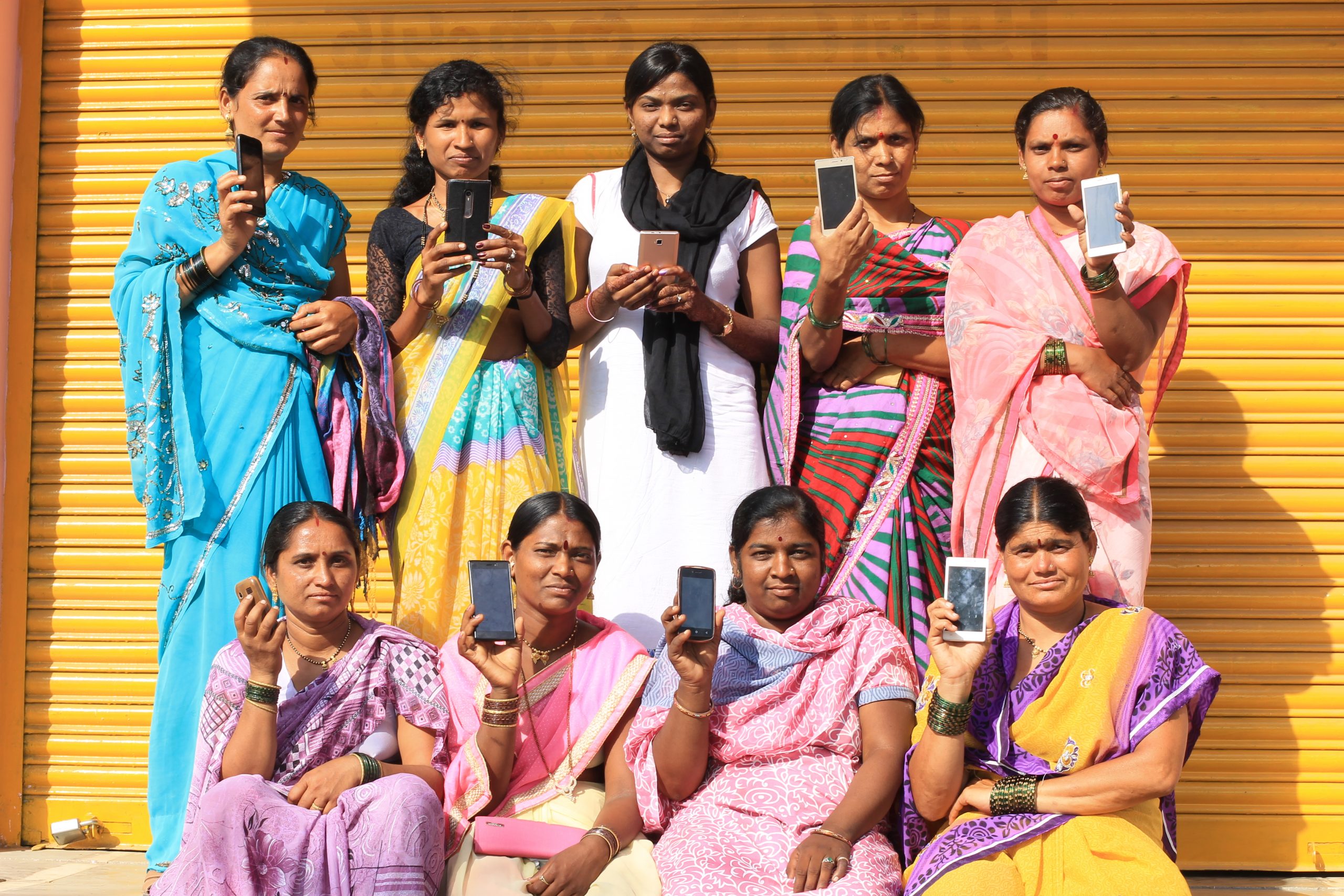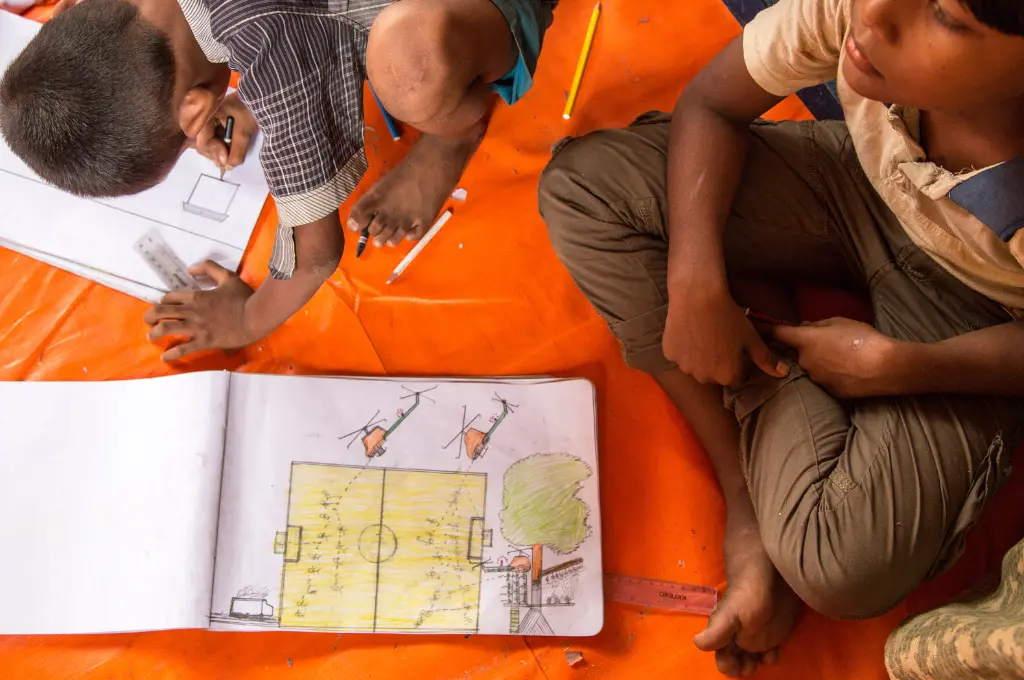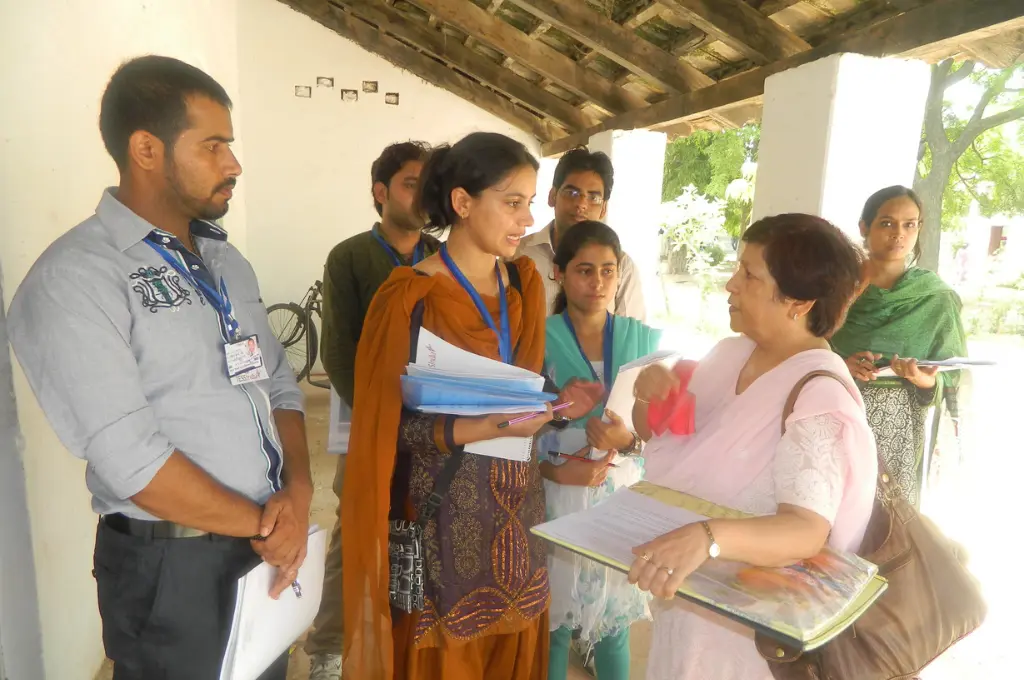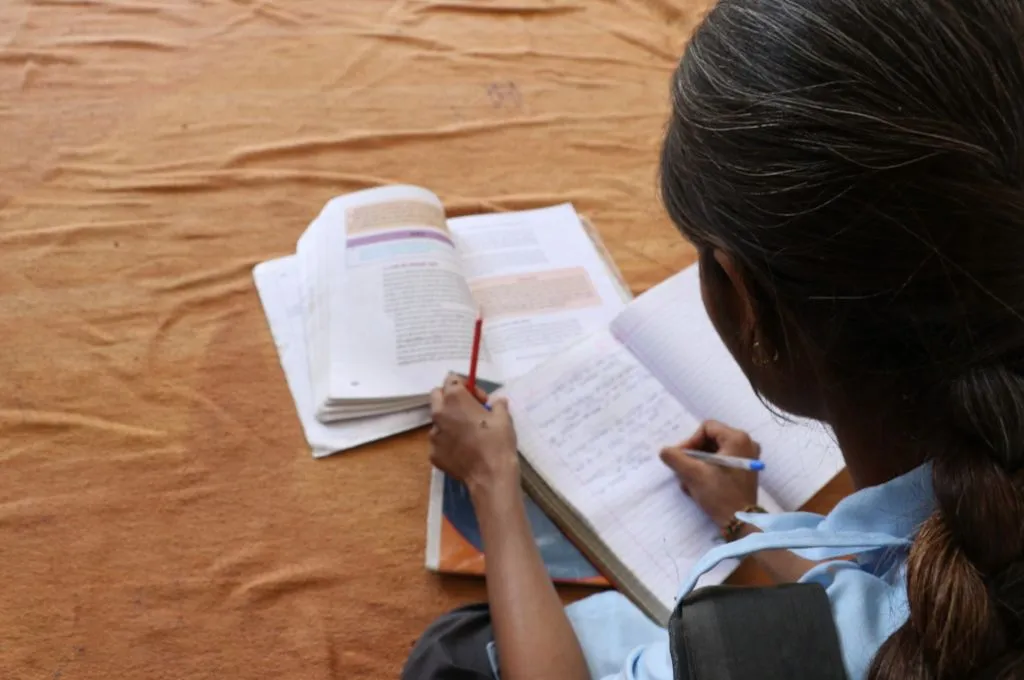In our sector, we often hear how if one wants to go to scale, one needs to leverage the government. We talk about public private partnerships, we build strategies on how to use government infrastructure, we create programmes that hold them accountable.
Everyone working with communities knows that even if you put all the well-meaning nonprofits, corporates, and philanthropist together, their total development spend will be a fraction of that of the government.
For instance, if you want to build a school, the government already has the USD 4900 million Samagra Shiksha Abhiyan. It makes sense then to work with that government programme. If we understand this at an institution level, why not do the same for individual citizens?
Related article: Lessons in scaling with the government
Helping our most vulnerable citizens get access to government schemes and benefits
How can one democratise information, so that citizens can access it and use it to claim benefits that are rightfully theirs via the various schemes offered by the central and state governments?
In India, we are a nearly three trillion-dollar economy; our budgets for social welfare and security are around USD 400 billion. These funds are supposed to go mainly to the last quartile of our population–the ones that have the least access to literacy, information, and applications. However, even in villages that have around 300 families, the benefits and money from government schemes usually goes to the top 100 families in terms of caste, income, and influence.
Benefits and money from government schemes usually goes to the families higher up in terms of caste, income, and influence.
How could we help our country’s most vulnerable citizens get access to government and private schemes and documents? We, at Haqdarshak, realised that we needed technology, research, and people.
Our research team covers different schemes, in different states, in various local languages. The tech platform uses this information at the back-end to identify the various schemes that people are eligible for.
We don’t expect people in the communities to download the mobile application and be technology-savvy. People with phones tend to download WhatsApp, Facebook, and entertainment videos—not complex applications that require them to navigate various steps and fill forms.

Picture courtesy: Haqdarshak
For the technology to be effective, we therefore need people as facilitators. We have a model with women community entrepreneurs—essentially women from SHGs with a smartphone and basic literacy in the local language. She goes into the community, asks relevant questions, and tells citizens about the schemes. All this is free. They can apply for the schemes on their own, but if they want help and hand-holding support for form filling and running around, she will charge them INR 50-100, thereby generating income for herself.
The missing link in technology
Ideally once the application is handed over to the government, the money is received by the individual via a direct bank transfer or through the gram panchayat.
There is no direct access provided to integrate the application process and status to the fund flow. That is the biggest missing link. The government was supposed to open up their application programming interfaces (APIs) so that entrepreneurs could build their programmes based on the data made available by the government. But the only thing they’ve opened up is Aadhar—the Aadhar stack is open to all entrepreneurs, but even that its being clamped down now.
Ideally, for instance, old-age pension programmes which help senior citizens access their old-age benefits should be opened up as an API—wherein they can access a direct link, fill the form, and submit it directly online without having to step into a government office. The government should be able to verify it there and then whether it is accurate or inaccurate (which they anyway decide to confirm the benefit) and the person becomes a beneficiary.
While the centre has its fancy apps, nothing matters if state governments don’t open up their servers to the applicants.
However today what happens in the name of digital is that there is a website. One still has to create a username, password, and a signup. No individual is going to do that or be able to do that. Even if you can do that, you still have to download the form, print it, fill it and upload. That is not digital.
The problem is that while the centre decides policy and most of the budgets, it’s the states that implement it; it is the state infrastructure that has to deliver these benefits. So while the centre has its fancy apps, nothing matters if, for instance, the Maharashtra state government doesn’t open up its server to the applicants.
Only when the states implement APIs and go digital will the scale really increase.
Related article: “We were too smitten with our tech to see it’s cracks”
It cannot be either-or
Solutions for communities cannot be pure technology or solely human-led. I’ve come across several nonprofits and companies where they’ve said ‘we have built the best technology’ and that the entire solution has to be tech-led. Their belief is that now, or 10 years down the line, everything will be technology so they don’t invest in anything in human resources.
And then I come across nonprofits who are only doing pen and paper and are happy with ‘depth and quality’. “Even if we get three beneficiaries, we’ll do it,” they say.
It has to be a hybrid. We have to use technology but we also have to build it around a facilitator who serves the community. In India, that is the best combination that works, at least in the social space.
We have to use technology but we also have to build it around a facilitator who serves the community.
The assisted model is here to stay; there will be a case for it. Many things will be done online and more and more people will get comfortable with technology. But once you cross the literacy barrier, there will be the convenience barrier.
Look at the mainstream consumer businesses. What do Urbanclap and Swiggy do? What they basically offer is convenience. You can order online but you need people to deliver on the services.
In the case of accessing government schemes, sometime in the future an auto-rickshaw driver might be able to download an app on their phone and figure out that they are eligible for certain schemes. But for them to apply for the scheme and to get guidance they will need assisted help. Because they are unwilling to let go of two-three days of daily wages for figuring this out.
For India to truly emerge as the world leader, we will definitely have to push more and more people online, and enable them to access information and services digitally. But you will always need some people to help them in order to reduce cost, time, or effort.





